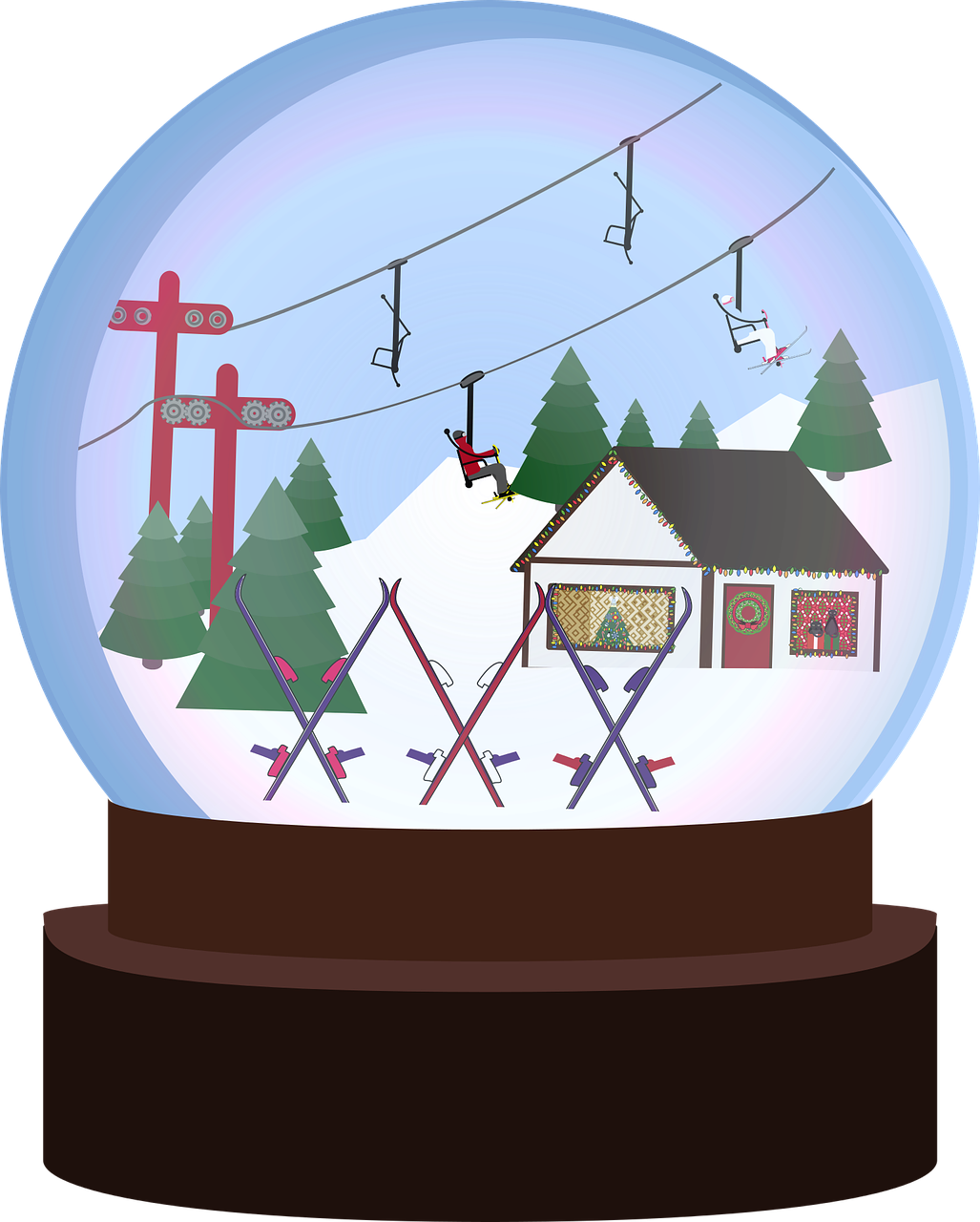

Graham and Olga are going skiing. A gondola takes them from the bottom of a mountain to the top, and then they ski back down. It takes them \(20\) minutes to ride the gondola to the top of the mountain, and \(15\) minutes to ski back down.
They begin their first gondola ride up the mountain at \(9\):\(30\) a.m. and plan to meet their parents at the bottom of the mountain at \(12\):\(30\) p.m. for lunch. What is the maximum number of ski runs they can do before meeting their parents for lunch, assuming they don’t have to wait in line for the gondola?

One way to solve this problem would be to use a timeline divided into \(5\) minute intervals to keep track of how long Graham and Olga have been skiing.

The timeline shows that the maximum number of ski runs that Graham and Olga can do between \(9\):\(30\) a.m. and \(12\):\(30\) p.m. is five.
Another way we could solve this problem is to calculate the number of minutes between the start time and lunch time. There are \(3\) hours between \(9\):\(30\) a.m. and \(12\):\(30\) p.m. Since each hour is \(60\) minutes, this is a total of \(60 \times 3 = 180\) minutes. The total time it takes to ride the gondola and then ski back down the mountain once is \(20 + 15 = 35\) minutes. Now we could use skip counting to figure out how many ski runs Graham and Olga can do within \(180\) minutes. \[35,~70,~105,~140,~175,~210\] Therefore, the maximum number of ski runs that Graham and Olga can do within \(180\) minutes is five.